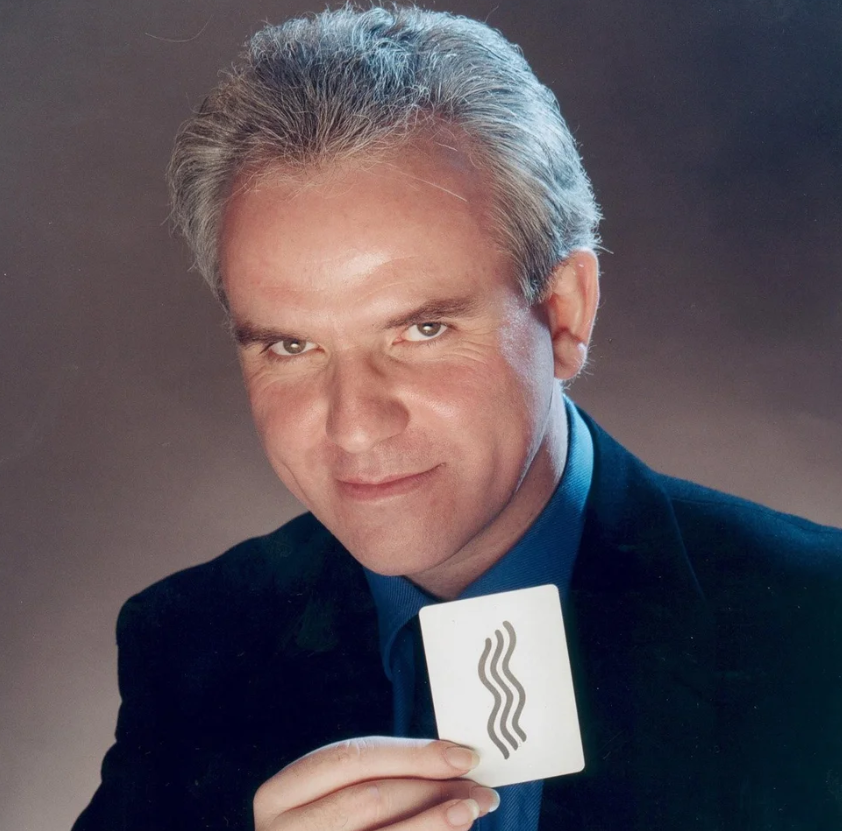The Most Common Cold Reads Explained
The Most Common Cold Reads Explained
When it comes to psychology, magic, and communication skills, the ability to understand people without prior information is fascinating. This is where the most common cold reads come into play. Cold reading is a set of techniques used to make statements that seem highly personal but are actually general enough to apply to almost anyone. Learning about the most common cold reads can help you recognize them in action and even use them in your own communication.
What Are the Most Common Cold Reads?
The most common cold reads are phrases and observations that sound specific but actually apply broadly. They allow the reader whether a magician, mentalist, or even a salesperson to seem insightful. People naturally want to believe that someone understands them, which makes these techniques effective. Understanding the most common cold reads will give you the tools to spot them and avoid being easily influenced.
Why the Most Common Cold Reads Work
The most common cold reads work because they rely on psychological principles like the Forer effect, where people interpret vague statements as highly personal. For example, saying, “You’ve been through struggles in the past but came out stronger,” resonates with nearly everyone. The most common cold reads exploit universal experiences and emotions, making people feel understood.
Examples of the Most Common Cold Reads
Here are some of the most common cold reads you might encounter:
The Barnum Statement – General statements that sound specific. Example: “You have a creative side, but you don’t always show it.”
The Rainbow Ruse – Covering both sides of a trait. Example: “You can be outgoing at times, but also value your privacy.”
Statistical Predictions – Based on likelihood. Example: “At some point in your life, you’ve worried about money.”
Observation-Based Reads – Simple cues like body language, clothing, or speech patterns.
Emotional Hooks – Statements like, “You’ve recently been reflecting on an important decision.”
These are among the most common cold reads used by professionals and hobbyists alike.
How to Recognize the Most Common Cold Reads
Recognizing the most common cold reads is about being aware of how vague yet relatable a statement is. If it feels like it could apply to almost anyone, chances are it’s a cold read. When you hear phrases that mirror your own experiences without specifics, it’s likely one of the most common cold reads at work.
Using the Most Common Cold Reads in Communication
While cold reading is often associated with magicians or psychics, the most common cold reads can also be useful in everyday communication. For example, in sales or networking, making general but positive statements can help build rapport quickly. Using the most common cold reads strategically allows you to connect with others and make them feel understood.
The Ethics of the Most Common Cold Reads
It’s important to acknowledge the ethical side of the most common cold reads. While they can be entertaining in magic or useful in building relationships, they can also be manipulative if misused. Knowing how the most common cold reads work gives you the power to spot when they are being used against you.
Final Thoughts on the Most Common Cold Reads
The most common cold reads are powerful tools that rely on universal truths, psychology, and clever phrasing. Whether you’re fascinated by mentalism, interested in human behavior, or simply curious about communication techniques, understanding the most common cold reads can make you more observant and aware. By recognizing these methods, you can enjoy their entertainment value while staying informed about how they influence perception.





